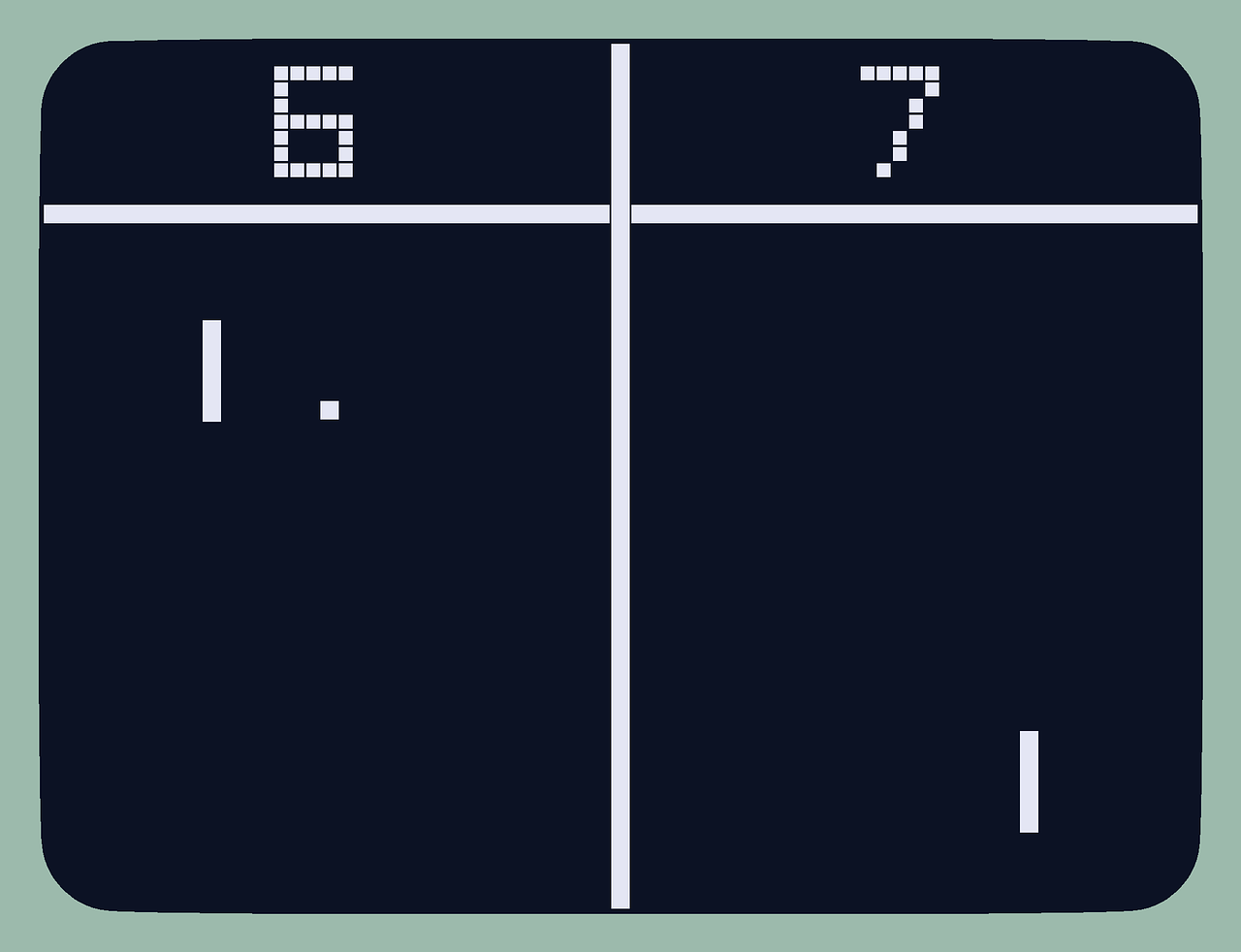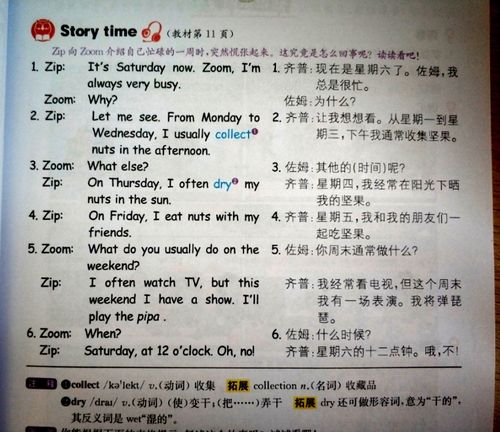Title: "Form and Spirit: Translating '形神俱备' into English"
In Chinese culture, the phrase "形神俱备" (xíng shén jù bèi) encapsulates a profound concept that is challenging to translate directly into English. However, when attempting to convey its essence in English, we can explore several interpretations that capture its rich meaning.

1. Literal Translation:
"形神俱备" can be literally translated as "having both form and spirit." This translation maintains the original structure and directly conveys the idea that something possesses both tangible appearance (form) and intangible essence (spirit).
2. Embodied in Both Form and Spirit:
This translation emphasizes the idea that the subject embodies qualities not only in its physical appearance but also in its spiritual or abstract attributes. It suggests a holistic presence that encompasses both material and immaterial aspects.
3. Manifestation of Substance and Spirit:
Here, the focus is on the manifestation of both substance and spirit. It suggests that the entity in question not only exists materially but also embodies a deeper, perhaps metaphysical, essence or vitality.
4. Physical and Spiritual Integrity:
This translation highlights the integrity of both the physical and spiritual dimensions. It implies a state of completeness or wholeness, where neither aspect is lacking or overshadowed by the other.
5. Harmony of Form and Essence:
In this interpretation, "形神俱备" denotes the harmonious coexistence of form and essence. It suggests a balanced relationship between outward appearance and inner qualities, where neither aspect dominates the other.
6. Unity of Form and Spirit:
This translation underscores the unity between form and spirit. It implies that the physical form and spiritual essence of the subject are inseparable and work in harmony to define its nature or identity.
Conclusion:
While "形神俱备" encompasses a nuanced concept that defies direct translation, the various interpretations offered in English attempt to capture its essence. Whether emphasizing the unity, harmony, or completeness of form and spirit, each translation reflects the depth and complexity of this profound Chinese expression.
In crosscultural communication or translation, it's essential to consider the context and cultural nuances to convey the intended meaning effectively. Therefore, when encountering expressions like "形神俱备," it's crucial to delve into their cultural and linguistic contexts to provide the most accurate interpretation possible.












评论